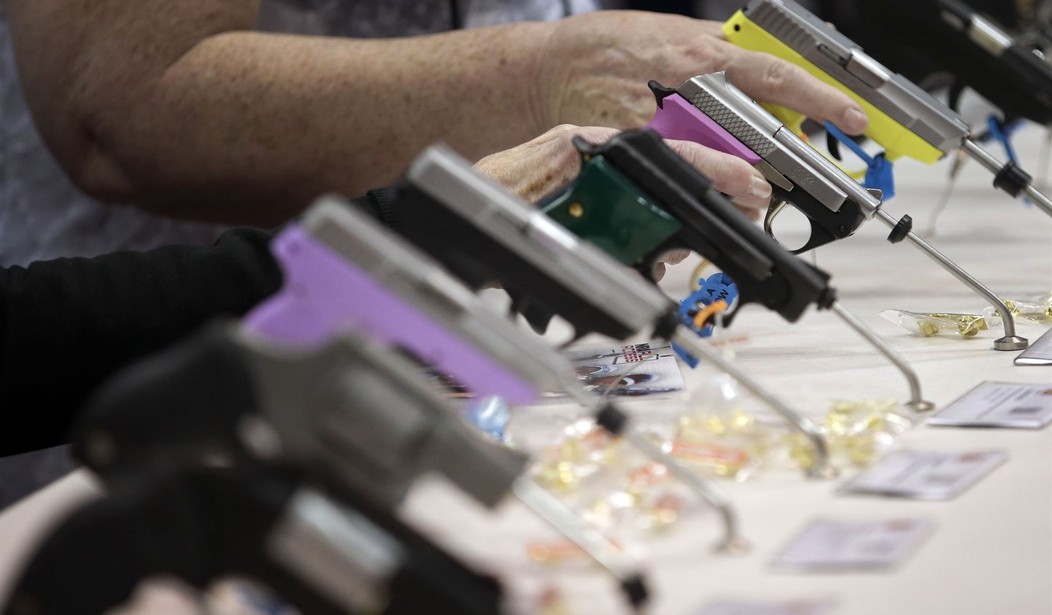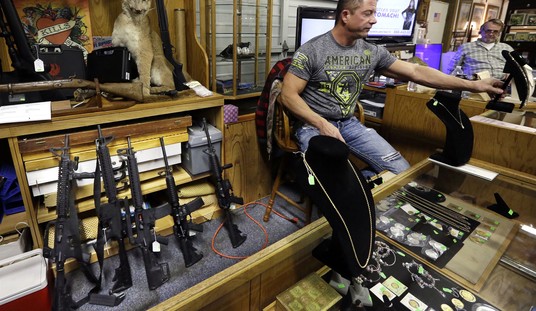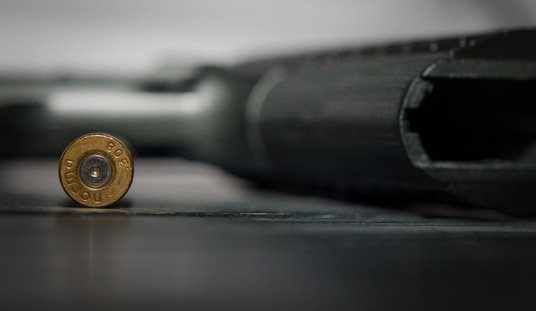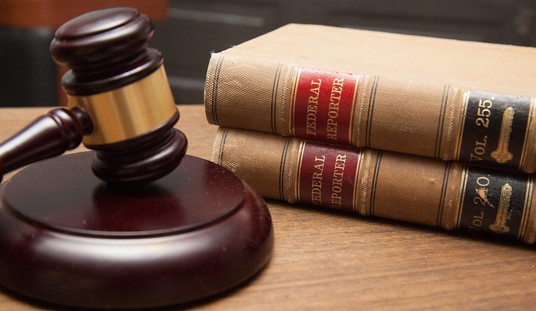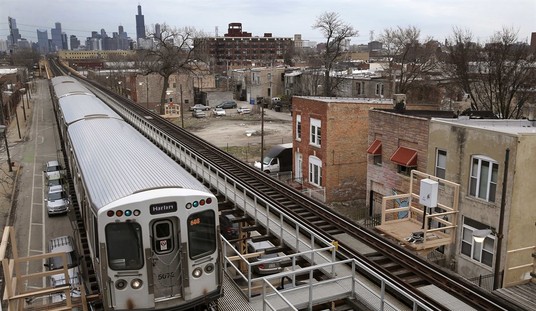Starting in July, California’s new and “improved” microstamping law will go into effect, and the National Shooting Sports Foundation is warning that the consequences will be severe. In fact, it might not be long before virtually every semi-automatic handgun on the market is prohibited for sale by California law; a feature and not a bug of the gun control legislation.
It may sound hyperbolic, but the fact is that Californians have already seen the number of semi-automatic pistols available for sale reduced by more than 50% since the state’s original microstamping law was put in place a decade ago.
The California “Not Unsafe Handgun” law enacted in 2001 started a slow motion statewide handgun ban. The ban picked up momentum in May of 2013 when the 2007 law requiring microstamping on all new pistols became effective upon then-Attorney General Kamala Harris certifying microstamping technology was unencumbered by patent restrictions. There were 967 models available for lawful purchase when the roster was certified less than a decade ago. Today, there are under 250 available models, when different paint schemes are considered.
The original microstamping law required all firearm manufacturers to etch a unique code in two places on the firearm that would leave a marking on the cartridge of every round of ammunition fired. The fact that the technology is completely unfeasible didn’t matter to California lawmakers or to the Ninth Circuit Court of Appeals, which upheld the law a couple of years ago, but Democrats did pass an amended version of the law that requires gunmakers to microstamp just one part of the gun. Unfortunately as Keane explains, that doesn’t address the underlying flaw in the law.
Microstamping is the theoretical notion that a firearm would impart an identifying code on the cartridge it expends, primarily from the firing pin on the primer. In theory, this would allow law enforcement to connect spent cartridge cases collected at crime scenes with a particular firearm by matching the identifying code.
In practice, it doesn’t work. The inventor of the technology, Todd Lizotte, who holds the sole-source patent to etch microscopic codes on the face of a firing pin, agreed that the technology wasn’t ready for widespread commercial use. Lizotte admitted that alphanumeric codes are often illegible under even perfect conditions. Electron microscopes couldn’t detect legible codes in testing. Even in laboratory settings, it would take at least 10 spent cartridges to make an “educated guess” to piece together a legible code. Third-party researchers agreed.
It doesn’t take much to defeat microstamping. The technology can easily be negated with sandpaper or a nail file as the mark is only 25 microns (half the diameter of a human hair). Criminals already obliterate serial numbers etched into a firearm frame.
None of that matters to the anti-gun politicians running California, and so on July 1st, all new models of semi-automatic handguns will have to incorporate microstamping in order to be sold in California. There’s another catch, however. For every new model of firearm approved, three older models will be removed from the state’s handgun roster.
There have been no new models added to the roster since 2013, thanks to this mandate and the state’s interpretation that even minor cosmetic changes constitute a new model requiring microstamping. The list of handguns available for sale, however, has shrunken considerably – by nearly 75 percent. It will only pick up speed.
… The trifecta of an unworkable requirement, a self-defeating mandate and a shrinking pool of commercially-available firearms means Californians are witnessing a slow motion ban on an entire class of firearms before their very eyes.
So far there’s been no sign that any of the major manufacturers are going to even attempt to comply with California’s new law, but that shouldn’t impact the guns that are currently on the roster, right? Nope. This is California we’re talking about, and the state’s Department of Justice has taken the position that every minor design chance to a pistol that’s on the roster actually creates a new model that’s subjected to the microstamping law. Even if no new guns are added to the “Not Unsafe Handgun Roster,” guns can be taken off of the list of firearms approved for sale. We’ve already seen 75% of them disappear, and if Keane is right, California’s slow-motion gun ban is going to be gaining a lot of steam starting on July 1st.

